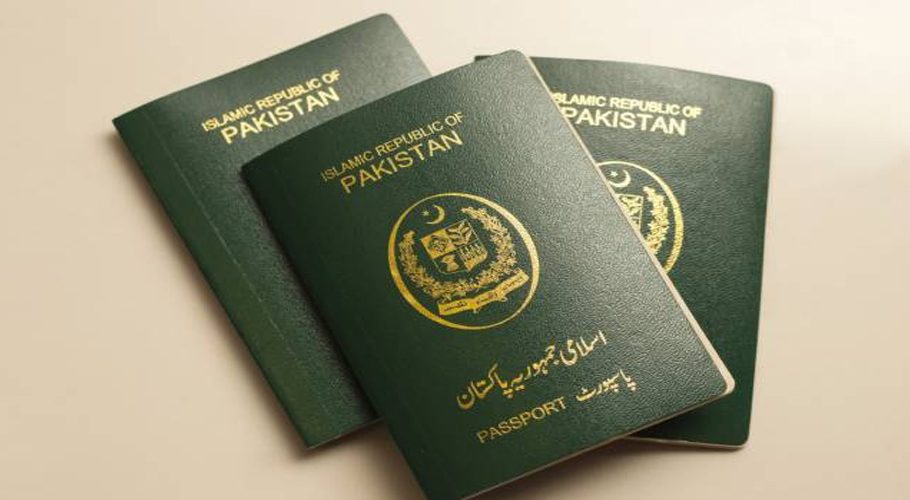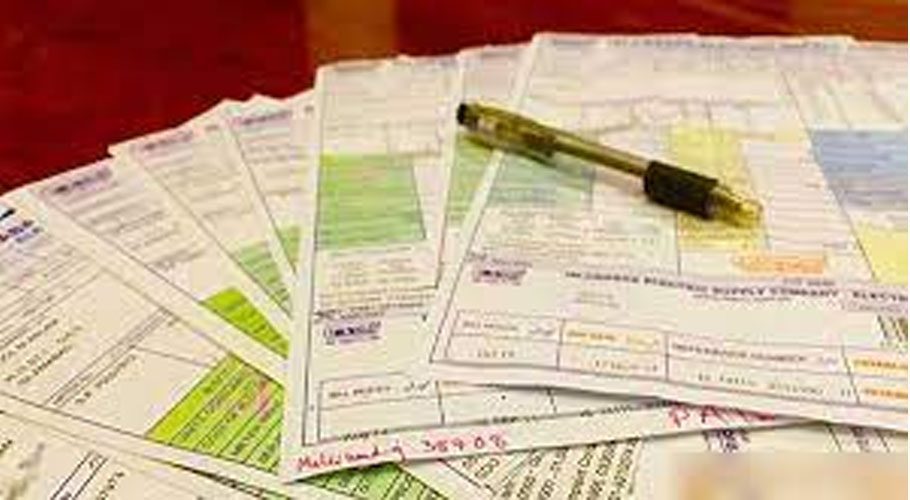NEW YORK: More than one billion methamphetamine tablets were seized in East and Southeast Asia last year, the UN Office on Drugs and Crime (UNODC) has warned as the region a spike in drug use.
The staggering drug haul across the vast region is further proof that illicit manufacturing there continues to expand unchecked, with “extreme volumes of methamphetamine” in production, along with a decreasing number of new synthetic psychoactive substances, the Vienna-based UN agency said.
Organized crime syndicates and armed gangs were behind the booming industry, where an abundance of supply linked to the use of unregulated chemicals had resulted in “continuously decreasing drug prices”, in particular for crystalline methamphetamine – more commonly known as meth, it said.
In a new report, UNODC pointed to the lack of official checks and controls that have resulted from the pandemic and political instability in the so-called “Golden Triangle” of countries, where the highly addictive stimulant originates, or is moved across porous borders – in particular, Myanmar, Thailand and Laos.
Given the cheap price of meth along with its apparent abundance and high purity, UNODC said that the narcotic remained “the primary drug of concern” to all countries in East and Southeast Asia, from China to Japan and from Indonesia to Singapore”.
UNODC also noted that in contrast to record methamphetamine tablet seizures, the amount of the drug in crystalline and powder form decreased by 3.2 tonnes and 1.5 tonnes respectively. Liquid methamphetamine seizures also dropped from 6.4 tonnes in 2020 to 908 kilograms in 2021.
Among other illegal drugs circulating in the region, UNODC noted that demand for ecstasy remained relatively low, while its price had remained stable.
“Europe is the main source of ecstasy tablets trafficked into the region through northeastern provinces bordering Laos,” the UN agency explained, noting also that ecstasy seizures dropped significantly in 2021, from 8.9 million tablets in 2020 to 3.7 million tablets in 2021.
“Other synthetic drugs continue to be produced to attract new users,” UNODC said, noting that only 50 “new psychoactive substances” were identified in 2021, compared to more than double that number in 2020.
READ MORE: Pakistan Navy, ANF seize 1,000 kg drugs at sea
Nonetheless, new substances “continue to evolve and emerge”, UNODC maintained, adding that Ketamine “remains a concern, with signs pointing to increasing supply from within and outside the region”.
The UN agency said that organized crime groups had increasingly used Cambodia as its base. Only two clandestine laboratories were dismantled last year in Cambodia, and at least one was producing ketamine and other synthetic stimulants on an industrial scale.
The last two years had also seen an exponential rise in confiscations of chemicals that could be used to make illegal synthetic drugs, UNODC said, with 165 tonnes of compounds seized from three warehouses in Cambodia in January this year.
“These include controlled chemicals, such as acetic anhydride (2.7 tonnes), hydrochloric acid (29.1 tonnes), and toluene (32.4 tonnes), as well as non-controlled chemicals, such as cyclohexane (3.9 tonnes) along with other chemicals, which can be used in the illicit manufacture of synthetic drugs.”
“Precursors are also required to make methamphetamine and raids on production facilities indicate that ephedrine and pseudoephedrine (which are found in over-the-counter cold medicines) remain the favoured precursors used to manufacture methamphetamine in East and Southeast Asia.”


































